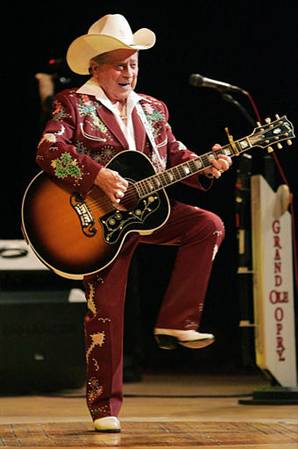 When we visited Tennessee, we basically crisscrossed the state and saw attractions located in each corner, yet we missed a big one. Now when I say we missed a big one, I am referring to the 228.0 by 101.4 foot structure commemorating classical architecture that eluded our attention. We missed the Parthenon. I know what you are thinking, “The Parthenon, isn’t that the Greek Temple built for the goddess Athena?” Well, you are right, there is a Parthenon built in Greece, but its twin is located in the Volunteer State. More precisely, the Nashville Parthenon, a full-scale replica of the original Parthenon in Athena, was built in 1897 as part of the Tennessee Centennial Exposition. Today, the Parthenon, standing in Nashville’s Centennial Park, serves as an art museum.
When we visited Tennessee, we basically crisscrossed the state and saw attractions located in each corner, yet we missed a big one. Now when I say we missed a big one, I am referring to the 228.0 by 101.4 foot structure commemorating classical architecture that eluded our attention. We missed the Parthenon. I know what you are thinking, “The Parthenon, isn’t that the Greek Temple built for the goddess Athena?” Well, you are right, there is a Parthenon built in Greece, but its twin is located in the Volunteer State. More precisely, the Nashville Parthenon, a full-scale replica of the original Parthenon in Athena, was built in 1897 as part of the Tennessee Centennial Exposition. Today, the Parthenon, standing in Nashville’s Centennial Park, serves as an art museum. Another stop we, regrettable, failed to make was in Tupelo, Mississippi. “What could this city have to offer?” you might ask. Well, it certainly isn’t the largest city in the state of Mississippi; it is in fact the eighth. I mean, Krusty the Clown, from The Simpsons, is credited with starting his career as a street mime in Tupelo, but that is rather insignificant. So what is the attraction of this place? Simply stated, royalty came from Tupelo, Mississippi. On January 8, 1935, in a two-room home constructed using merely $180, the King of Rock & Roll, Elvis Presley, was born.
Another stop we, regrettable, failed to make was in Tupelo, Mississippi. “What could this city have to offer?” you might ask. Well, it certainly isn’t the largest city in the state of Mississippi; it is in fact the eighth. I mean, Krusty the Clown, from The Simpsons, is credited with starting his career as a street mime in Tupelo, but that is rather insignificant. So what is the attraction of this place? Simply stated, royalty came from Tupelo, Mississippi. On January 8, 1935, in a two-room home constructed using merely $180, the King of Rock & Roll, Elvis Presley, was born. Everyone loves the beach. But, as much as I like soaking up sun rays, that is not the reason I want to visit Nantucket Sound off of Cape Cod, Massachusetts. It is off Nantucket Sound that, in my opinion, one of the most beautiful sky-scapes can be seen. It is there that Cape Wind has established America’s first offshore wind farm, thereby speckling the sky with the rotating blades of wing turbines. A demonstration of clean, inexhaustible, responsible energy surely constitutes a stop I wish to make.
Everyone loves the beach. But, as much as I like soaking up sun rays, that is not the reason I want to visit Nantucket Sound off of Cape Cod, Massachusetts. It is off Nantucket Sound that, in my opinion, one of the most beautiful sky-scapes can be seen. It is there that Cape Wind has established America’s first offshore wind farm, thereby speckling the sky with the rotating blades of wing turbines. A demonstration of clean, inexhaustible, responsible energy surely constitutes a stop I wish to make.Even exploring a state as thoroughly as my family does, there is always more to see. Experience has shown me that it is not necessarily the attractions that tourism agencies push that are most memorable. Equally, if not exceedingly, entertaining and educational are those stops made when you accidentally take the wrong turn off the highway and wander aimlessly down that long, dirt road.
Photo from:http://forum.belmont.edu/students/800px-Parthenon.at.Nashville.Tenenssee.01.jpg
Tupelo, Mississippi, home of Elvis Presley, is designated as a historic landmark (middle)
Photo from: http://www.destination360.com/north-america/us/mississippi/images/s/tupelo.jpg
Wind Turbines speckle the offshore coastline of Cape Cod (bottom)
Photo from: http://www.treehugger.com/cape-wind-power-farm-b1.jpg











